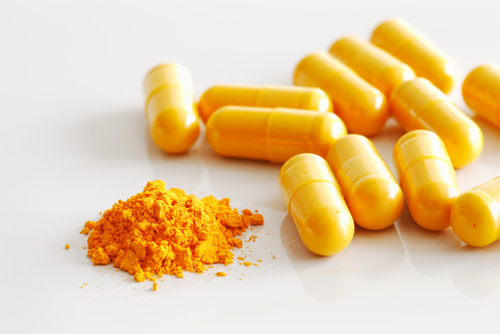 |
| Curcumin analogues as Aldose Reductase Inhibitors for treatment of diabetic complications |
For this edition of Researcher of the Month (RotM), we interviewed researchers Dr. Suresh Thareja and research fellow Sant Kumar Verma from Guru Ghasidas Central University located in Bilaspur, Chattisgarh, India. Dr Thareja is the assistant professor for Pharmaceutical Chemistry in the School of Pharmaceutical Sciences at Ghasidas Central University and currently visiting scholar at the Georgia State University, USA. Mr. Sant Kumar Verma is the senior research fellow at the University working on management of diabetic complications. His research is being funded by the Indian Council of Medical Research (ICMR).
Aldose reductase (AR) is an important enzyme since it converts glucose to sorbitol and begins the metabolism of glucose in the body. In patients, with diabetes, the body faces a hyperglycemic condition, which prompts the cells to make high amounts of AR, thereby producing high amounts of sorbitol which is impermeable in the cells and causes osmotic stress. Additionally, AR also requires NADPH as a co factor to function and high amounts of AR utilise large amounts of NADPH making it unavailable for other enzymes and causing oxidative stress. Both these stresses are contribute to complications such as neuropathy, retinopathy and nephropathy that are associated with diabetes. An Aldose reductase Inhibitor (ARI) stops the excess activity of AR and thereby avoids the stresses caused by its activity.
 |
| Structure of Aldose reductase enzyme |
A recently published paper in PLOS One by the authors we interviewed explores the use of curcumin analogues as drug candidates for development of Aldose reductase (ALR2) inhibitors for management of diabetes mellitus. Curcumin is the common name for diferulolymethane, the principal component of turmeric, which has long been used as a spice and medicinal ingredient in India and China.
CTS: Your recently published research, seems to be the modern scientific result that was needed to show that turmeric could be used as a potential drug to target DM?
Curcumin present in turmeric is a pleiotropic (affecting multiple targets) agent, showing broad range of biological activities. In the present research, we have explored Curcumin for its diabetic complication prevention potential via inhibition of aldose reductase, a molecular level target for the management of diabetic complications.
| Aldose Reductase Inhibitors of synthetic (1–5) and natural origin (6) developed during last few decades.Image source: http://journals.plos.org/plosone/article?id=10.1371/journal.pone.0175318 |

